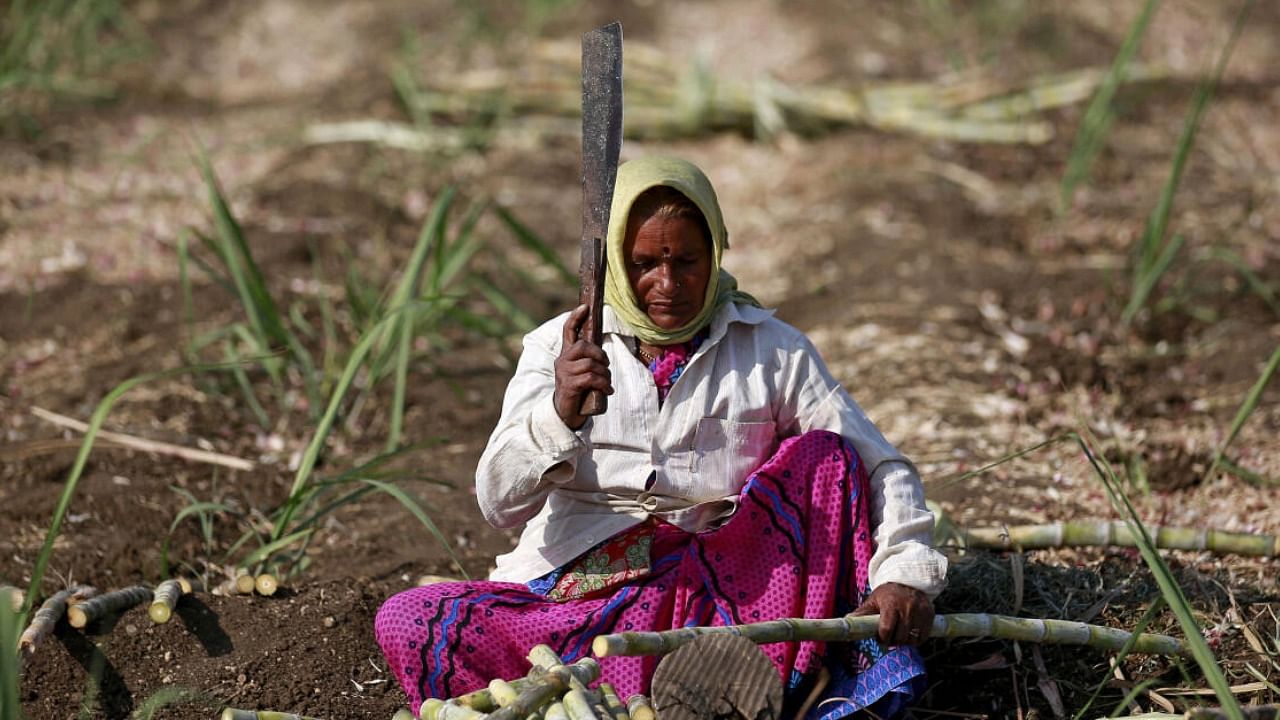
Around 13.5 crore Indians, or 9.89 per cent of the country’s population, moved out of multidimensional poverty, which measures deprivations across three dimensions of health, education, and standard of living, between 2015-16 and 2019-21, as per a report released by NITI Aayog on Monday.
In percentage terms, the number of India’s multidimensionally poor declined from 24.85 per cent in 2015-16 to 14.96 per cent in 2019-2021. Multidimensional poverty goes beyond monetary deprivation. It also measures the access to education and basic infrastructure.
The decline in multidimensional poverty in rural areas was sharper. It fell from 32.59 per cent in 2015-16 to 19.28 per cent in 2019-21. During the same period, the urban areas saw a reduction in poverty from 8.65 per cent to 5.27 per cent, as per the second edition of the National Multidimensional Poverty Index (MPI) released by the NITI Aayog.
The index is based on National Family Health Survey (NFHS) data. It represents the country’s progress in reducing multidimensional poverty between the two surveys – NFHS-4 (2015-16) and NFHS-5 (2019-21).
Between 2015-16 and 2019-21, the MPI value has nearly halved from 0.117 to 0.066 and the intensity of poverty has reduced from 47 per cent to 44 per cent, thereby setting India on the path of achieving the SDG Target 1.2 (of reducing multidimensional poverty by at least half) much ahead of the stipulated timeline of 2030, NITI Aayog noted in the report.
Uttar Pradesh registered the largest decline in number of poor with 3.43 crore people escaping multidimensional poverty during the period under review, said NITI Aayog Vice Chairman Suman Bery.
Other states that have witnessed a sharp reduction in multidimensional poverty include Bihar, Madhya Pradesh, Odisha, and Rajasthan. These are the states with a high proportion of poor.
The National Multidimensional Poverty Index (MPI) measures simultaneous deprivations across the three equally weighted dimensions of health, education, and standard of living. It is represented by 12 Sustainable Development Goals (SDG)-aligned indicators. These include nutrition, child and adolescent mortality, maternal health, years of schooling, school attendance, cooking fuel, sanitation, drinking water, electricity, housing, assets, and bank accounts.
Improvements in nutrition, years of schooling, sanitation, and cooking fuel played a significant role in bringing down poverty. A substantial improvement was recorded across all the 12 SDG indicators during the period under review.
The report notes that the schemes like Poshan Abhiyan and Anaemia Mukt Bharat have contributed to reduced deprivations in health, while Swachh Bharat Mission and Jal Jeevan Mission have led to improvement in sanitation across the country.
“These achievements demonstrate the transformative power of India’s multisectoral approach to poverty reduction, evident in large investments in improving people’s access to sanitation, cooking fuel, and electricity,” Shoko Noda, Resident Representative, UNDP India, noted in the report.
Additionally, India’s focus on achieving universal coverage in education, nutrition, water, and housing has played an important role in driving these positive outcomes, Noda added.